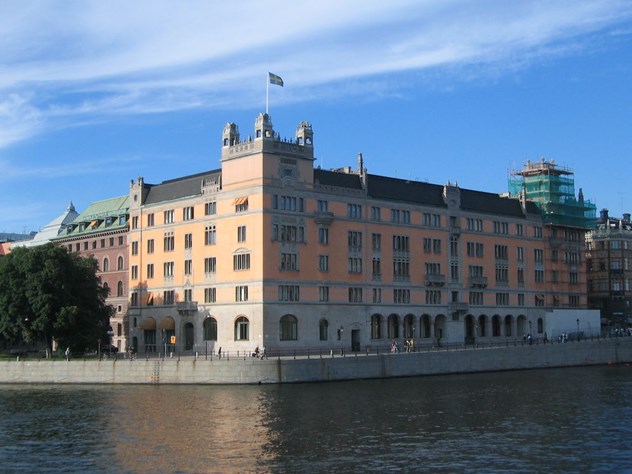Si è verificato un errore durante l'invio del messaggio, per cortesia riprova più tardi
Aree di business
Accedi
Industrie
-
Agricoltura
- Automotive
- Battery
- Trattamenti chimici
-
Edifici commerciali e pubblici
-
Costruzione
- Data centers
-
Difesa e industria aerospaziale
-
Elettronica
-
Generi alimentari e bevande
-
Industria/produzione in generale
-
Serre
- Assistenza sanitaria
- Olio, gas e petrolio
- Prodotti farmaceutici
-
Potenza
- Cellulosa, carta e stampa
-
Divertimento e tempo libero
-
Negozi e supermercati
-
Costruzioni navali e marine
- Industria siderurgica
-
Magazzinaggio, conservazione e archivi
- Strutture Temporanee
- Acque e acque di scolo
Soluzioni
- Sistemi per il comfort edilizio
- Cold storage
- Temperatura e umidità combinate
-
Raffreddamento
-
Data center cooling
- Deumidificazione
-
Drying Rooms
- Recupero energetico
-
Farm-management
-
Riscaldamento
-
Umidificazione
-
Mist Elimination and Gas Liquid Separation
- Eliminazione delle nebbie
- Controllo dell’inquinamento e abbattimento VOC
- Spray drying
-
Ventilazione
- Servizio
- High-Temperature
-
Mass Transfer
- Climate and Irrigation Controllers for Agriculture
- Controllo combinato Temperatura & Umidità
- Controllo inquinamento e VOC
- Deumidificatori
- Eliminatori di nebbia
- Generatori di aria calda
- Mass Transfer
- Prese d’aria/aspiratori
- Prodotti per il recupero energetico
- Purificatori d'aria per attività agricole
- Raffrescatori e umidificatori
- Ventilatori & filtri luce

